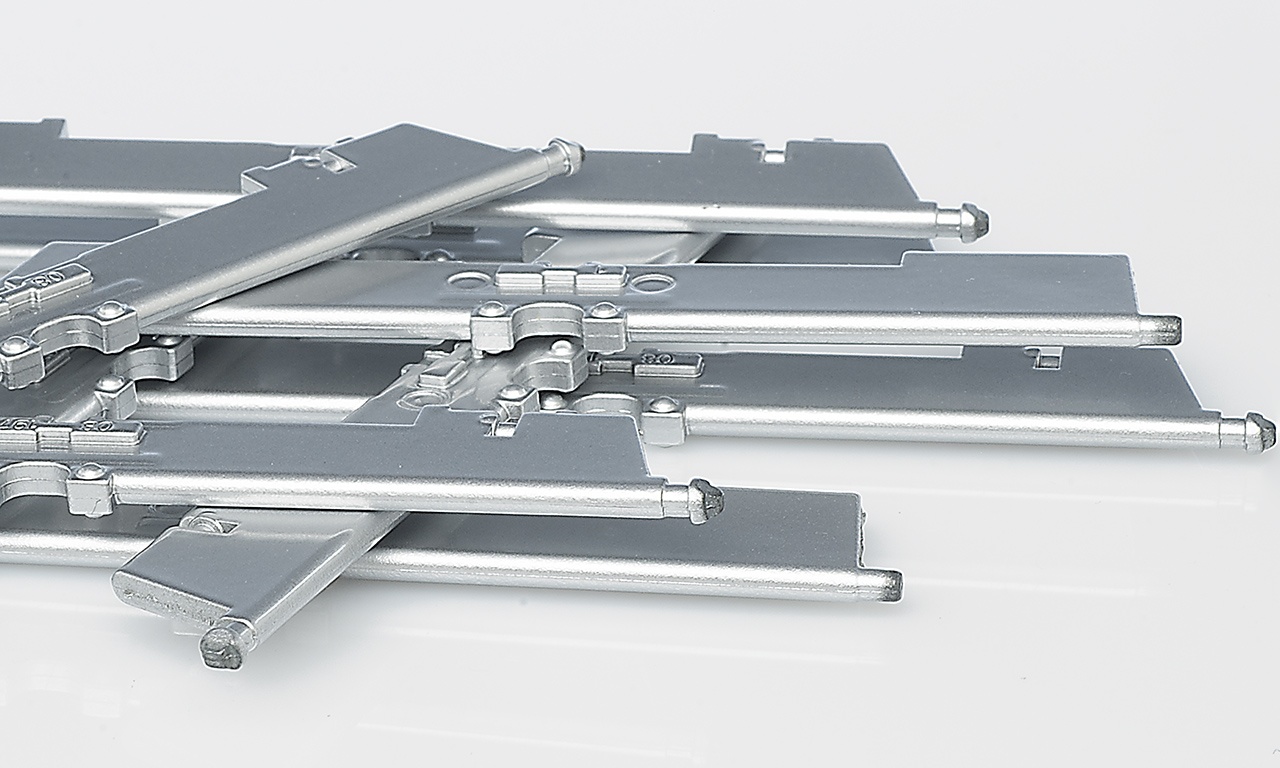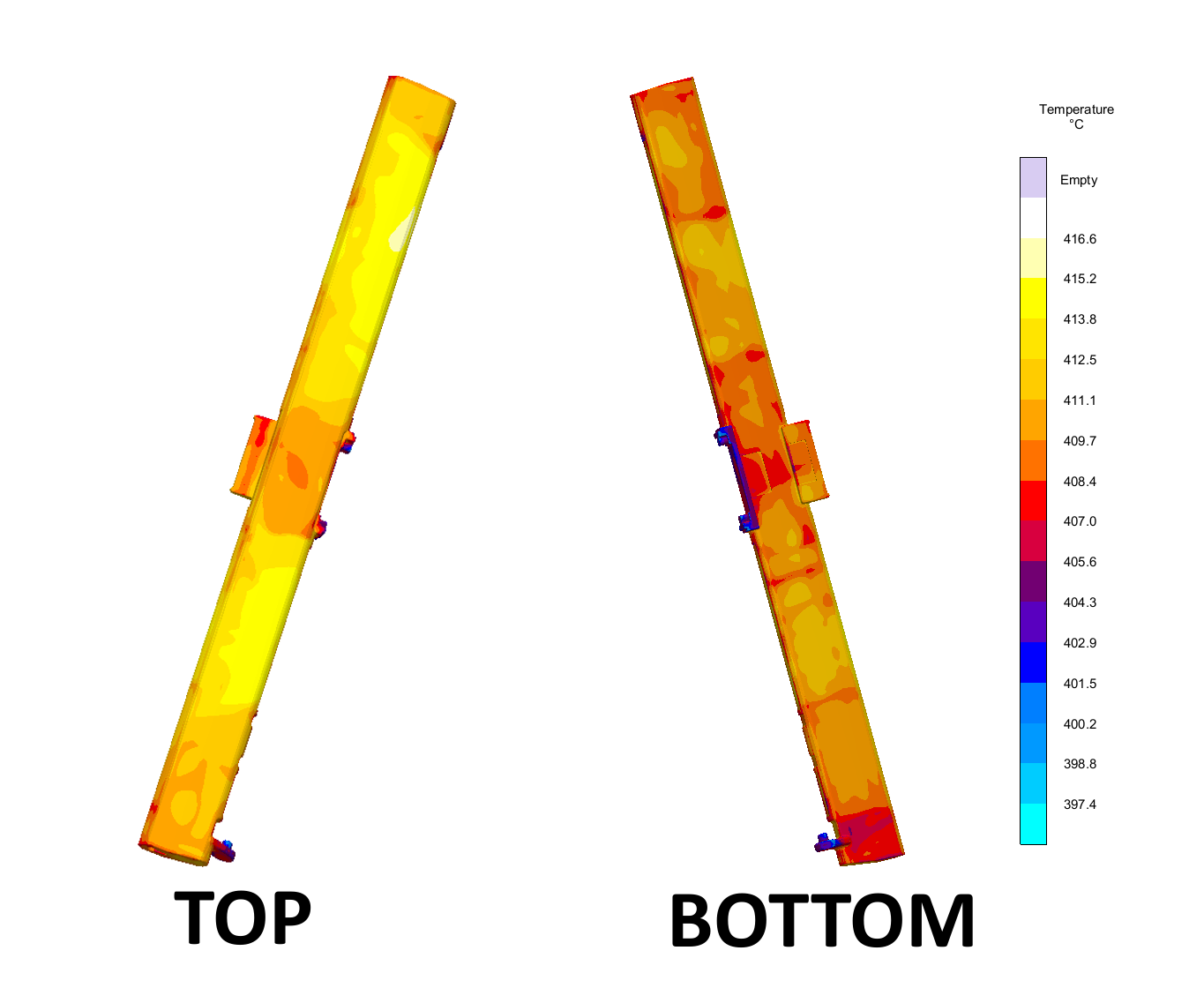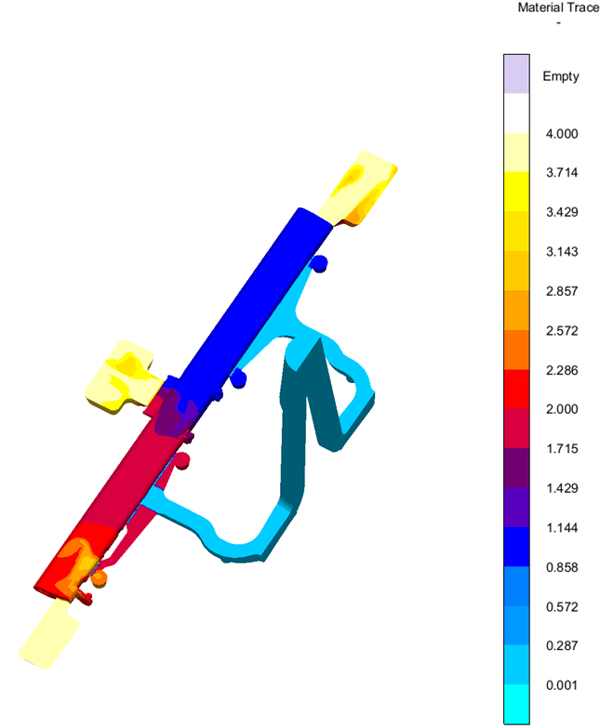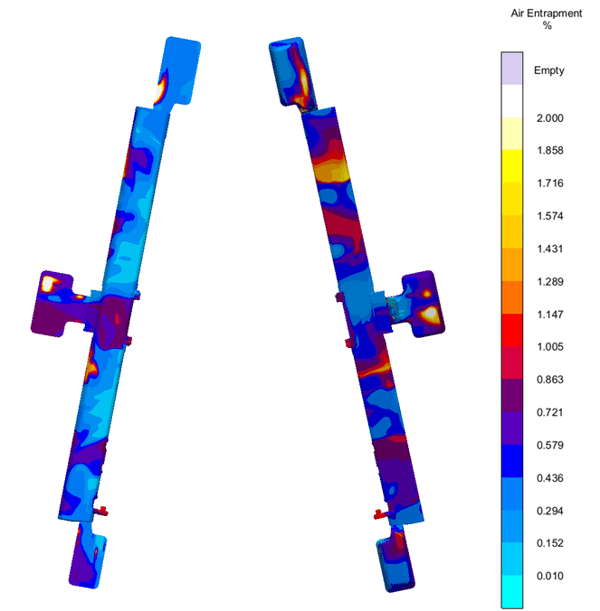As winner of numerous international awards, Bruschi Spa is known for its innovative approach in design and technology. We are glad to share our insights and experiences with the industry members.
Simulation for HPDC: surface aesthetical quality in automotive
In this post we are going to explore a case study dedicated to surface aesthetical quality in automotive. This post is part of a series in which we explain the importance of simulation for HPDC (High Pressure Die Casting) through the presentation of real life cases.

You can find a full list of discussed topics in our first post on the subject, by clicking here.
CASE STUDIES AUTOMOTIVE: Surface aesthetical quality
The subjects of this case study are the thin plates in car vents that direct and control air flow in the car’s passenger compartment.
The vents for air flow control are usually made of plastic, but the object of our case-study is the central plate, used by the driver to direct the other air ducts and therefore made in alloy.
This product poses challenges especially for the surface aesthetical quality, because of its exposed position in plain sight inside the passenger compartment, the high-end car on which the vent will be installed and possibly the criticalities of surface treatment after die casting.
OBJECTIVE AND PHASES OF THE SIMULATION
The simulation analysis will thus focus on engineering an optimal flow through the feeders to avoid defects such as flow marks and blisters in the product.
In the first phase of the process we studied the effect of various runner configurations, one by one, to identify the runner with the best characteristics. Then we improved the shape of the runners, especially at the entry of the die.
The objectives sought in the various phases of the simulations were:
- Filling consistency of the die according to a main flow direction
- Decrease of the probability of cavitation to increase the speed of flow
- Reducing the filling time and keeping the alloy at a high temperature during this phase
- Absence of air bubbles in the product
RESULTS
In the study of product surface quality, the main parameter to consider is temperature. The temperature must be maintained the highest and the most consistent possible throughout the duration of die filling up to the end of filling process, especially in parts of the product that will be in full sight.

The images portray the analysis results at filling cycle end: the temperature is sufficiently high and homogeneous, with even better characteristics in the top surface, which requires a higher level of quality since it will be visible in the compartment of the car it will be installed in.
From the velocity field analysis it is possible to observe the feed direction and the speed modulus at the die entry point: a particularly critical point because it is often subject to cavitation phenomena, causing die wear.

By looking at the picture, we can notice filling consistency and that the last volumes to be filled are close to the overflows, allowing the exit of the first alloy arrived in the die, because the temperature will be lower.
The velocity field, depending not only on the runner geometry but also on boundary conditions at die entry level, has been obtained by using process parameters common for die casting this kind of product. The speed pattern is sufficiently low even in the vicinity of the gates. This has a positive effect on manufacturing because it will allow to apply higher filling parameters without the risk of premature wear of the die.
The next image shows that the impact of the runners is well balanced: the two runners, identified by red and blue colorings, fill the die in a consistent manner. Proper functioning of the small runner on the left is confirmed: the presence of the orange color, as small as it is, is necessary to avoid flow marks.

The influence of runners (orange liquid) should be reduced but not zero: it’s presence may be necessary in order to avoid flow- marks in the entry zone.
And finally, the field that shows trapped air indicates a favorable situation: the air contained in the casting is not an issue because it distributed evenly across the volume and concentrated only at the sprues, granting the achievement of requested surface aesthetical quality.

All of these analysis confirm that the design and the filling system are optimized to obtain the best esthetic quality, granting a smooth surface that can undergo the required coating and contribute to the perceived value of car interior.
In conclusion, the simulation study allowed us to assure the best surface aesthetical quality for air flow vents, by analyzing four main factors: main flow direction, speed of flow, filling time and temperature, absence of air trappings. Thanks to the analysis of these factors, it was possible to optimize the casting process by redesigning the shape of the runners and thus to fulfill the requested levels of esthetic quality.
To learn more about the use of simulation in die casting, subscribe to our blog.

